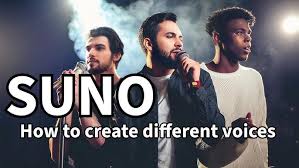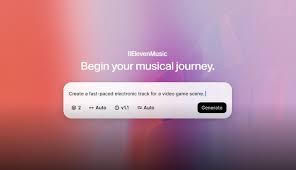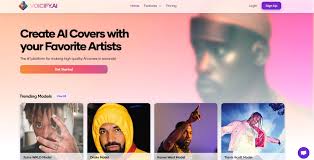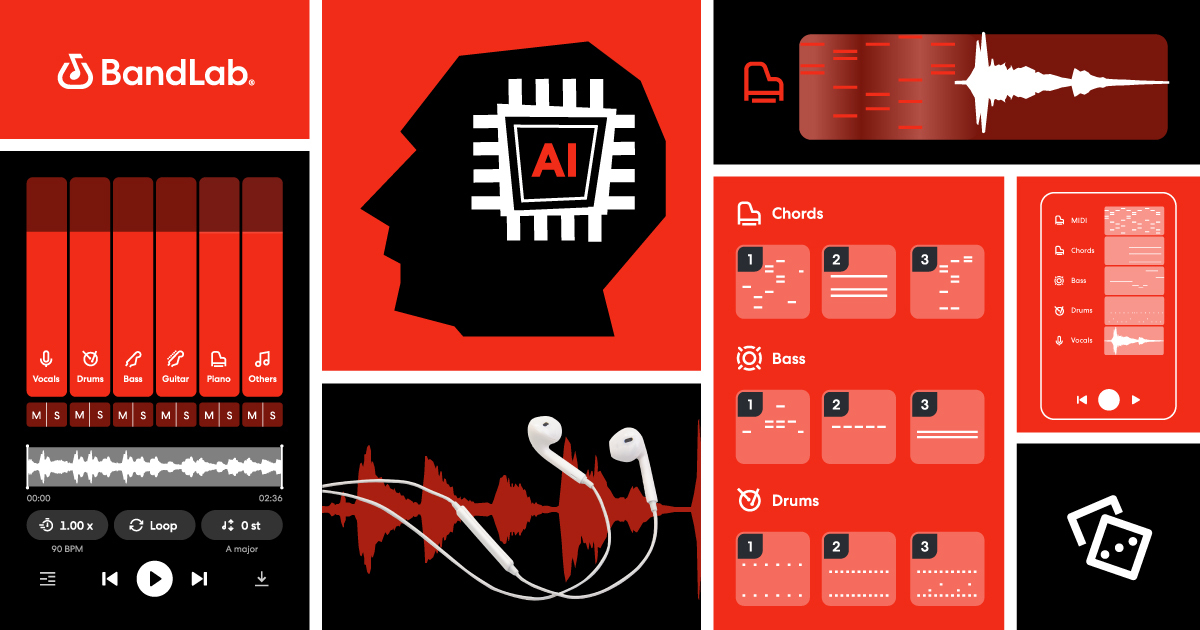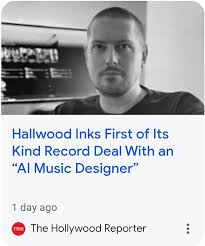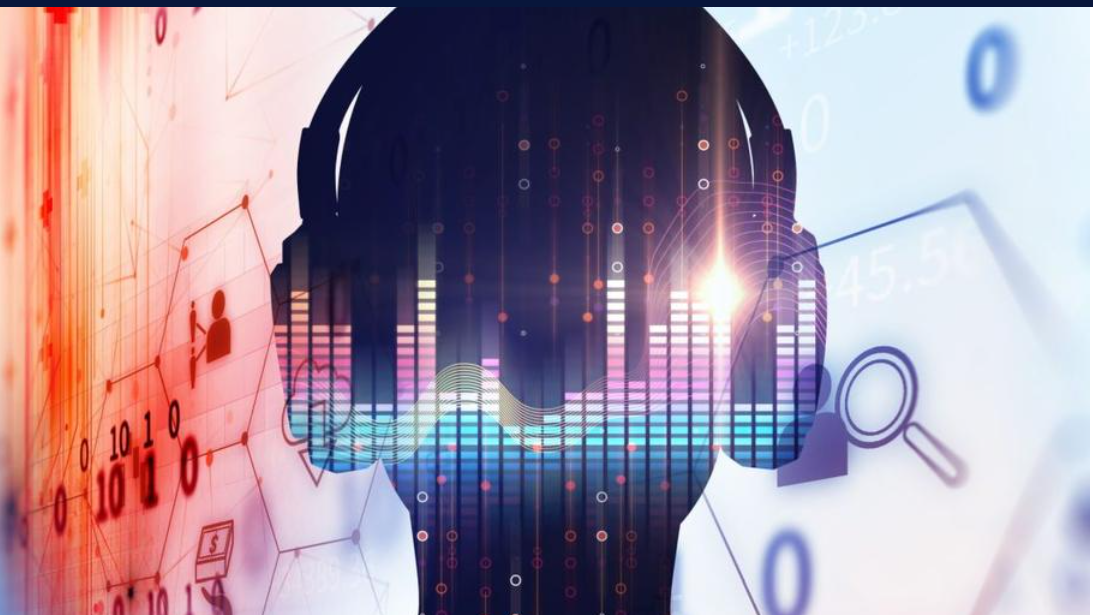The content creation landscape is shifting once again—and this time, it's powered by artificial intelligence. AI music tools arrive for YouTube creators as part of the platform’s latest initiative to make content production faster, easier, and more emotionally resonant. Whether you're a seasoned YouTuber or just starting to build your Shorts audience, these new AI features could be game changers.
In this article, we’ll break down what YouTube’s new AI music tools really are, how they work, who can access them, and why they matter now more than ever.
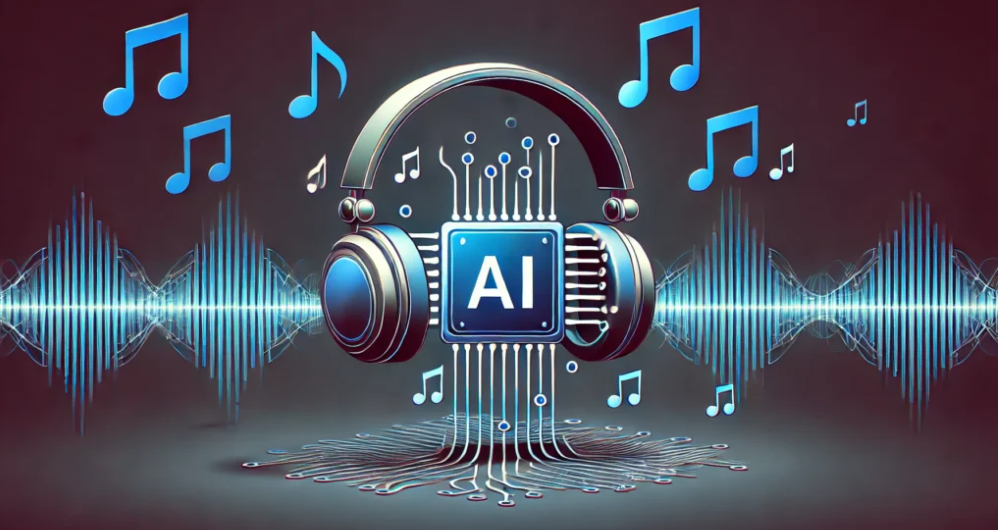
What Are the New AI Music Tools on YouTube?
At the center of this rollout is Dream Track, a YouTube experiment that uses AI to generate 30-second original music clips based on simple text prompts. Think of it as ChatGPT, but for short-form music. You type in something like “chill lo-fi groove” or “high-energy electro pop,” and Dream Track creates a soundtrack to match—not just the beat, but also AI-generated vocals in the style of real artists.
Currently, the feature is only available in the United States and limited to a select group of creators during the testing phase. But make no mistake—this soft launch signals a major shift in how music is made and used on YouTube.
Why AI Music Tools Arrive for YouTube Creators Now
Short-form video is booming. YouTube Shorts is now racking up over 70 billion daily views, competing head-to-head with TikTok and Instagram Reels. One of the biggest challenges for creators? Finding music that’s high quality, relevant, and copyright-safe.
That’s where Dream Track comes in. Instead of digging through royalty-free music libraries or risking copyright strikes, creators can now generate original music tailored to their exact needs in seconds.
This isn’t just convenient—it’s creatively liberating. AI music tools allow YouTube creators to express specific moods or brand aesthetics without needing musical training or access to studio production.
How Dream Track Works
Dream Track was developed using Google DeepMind’s music model Lyria, trained on licensed audio data and designed to generate audio that sounds human but is fully synthetic.
Key features include:
Prompt-based music generation: Describe your desired vibe, and the tool creates an original soundtrack.
AI artist style matching: During early trials, Dream Track included voices modeled after artists like Charlie Puth, T-Pain, and Sia—though all participants gave consent and are working in partnership with YouTube.
Auto-lyric generation: The tool creates lyrics aligned with the music’s tone and topic, making it especially useful for storytelling or narrative-based Shorts.
It’s important to note that while these tracks resemble the style of known artists, they are not direct imitations. The audio is synthesized, not sampled, which avoids many of the legal gray areas currently surrounding AI music.
How Creators Are Using These Tools
Even during limited testing, some YouTube creators have started to explore what Dream Track can do:
Micro-vlogging: Creators are layering AI-generated mood music behind daily updates to reinforce emotional tone—think upbeat synthpop for exciting news, or jazzy piano for personal reflections.
Themed storytelling: Short scripted stories or mini-skits can now include custom AI music that enhances drama, tension, or humor.
Product reviews and ads: With brand-safe audio on-demand, creators are using Dream Track to build recognizable “sound logos” or recurring musical motifs for sponsored content.
This flexibility is especially useful for creators who publish frequently and need fresh, relevant soundscapes to keep their content engaging.
How AI Music Impacts Creator Rights and the Music Industry
Whenever AI music tools arrive for YouTube creators, the question of rights and royalties isn’t far behind.
YouTube has stated that Dream Track-generated content will be labeled and will follow its existing monetization policies. This includes:
Clear disclosure when content includes AI-generated music.
Tools to prevent unauthorized mimicry of artist voices or styles.
Opportunities for collaborating artists (like Puth or John Legend) to receive compensation.
Still, this development is part of a larger debate in the music industry about how AI-generated work should be credited, monetized, and regulated. As Dream Track evolves, expect to see continued conversations around synthetic vocals, emotional authenticity, and fair use.
Not Just Music: YouTube’s Threaded Comments for Better Engagement
Alongside the Dream Track rollout, YouTube is also testing a new threaded comment layout, designed to organize replies more clearly under original posts. This update is meant to improve discussion flow and keep conversations focused—especially on mobile.
For creators, this means:
More intuitive community interaction
Easier tracking of fan feedback or questions
Higher engagement on Shorts, where comments often drive algorithmic visibility
It’s a small change with potentially big results, especially for creators who want to build loyal audiences around their Shorts content.
Why These AI Features Matter Now
YouTube is no stranger to the power of AI. From recommendation algorithms to automatic subtitles, AI has been behind the scenes for years. But with Dream Track and smarter comments, AI is moving into a more visible role—supporting creativity, not just efficiency.
These tools are arriving at a time when creators are under pressure to publish frequently, stay on trend, and maintain quality. AI-generated music lets them stay competitive without sacrificing originality. And for YouTube, it’s a way to retain creators who might otherwise turn to platforms like TikTok for creative tools.
Frequently Asked Questions: AI Music Tools for YouTube Creators
Q1: Can anyone use Dream Track right now?
No, it’s currently limited to a small group of US-based creators, mostly active on YouTube Shorts.
Q2: Is the AI music royalty-free?
Yes. Dream Track music is cleared for use on YouTube, and creators can monetize videos containing it without copyright concerns.
Q3: Are the AI voices copies of real artists?
They are AI-generated and inspired by real artists who have opted into the program, but the audio is synthetic—not sampled.
Q4: Will Dream Track be available globally?
YouTube hasn’t shared a specific timeline, but broader access is expected in 2026 depending on feedback from current testing.
Q5: How does this affect musicians and producers?
It opens new collaboration models but also raises questions about compensation and originality. YouTube says artist partnerships will remain central to the tool’s development.
Conclusion
The arrival of AI music tools for YouTube creators isn’t just a feature update—it’s a shift in how digital content is imagined and made. With Dream Track, creators can express ideas musically with just a sentence, while still keeping their voice and style front and center.
As Shorts continue to grow and tools like this become widely available, the creative barrier to entry on YouTube is lower than ever. Whether you’re a creator, a marketer, or a casual viewer, one thing’s clear: AI is no longer just behind the scenes—it’s part of the performance.
Learn more about AI MUSIC

